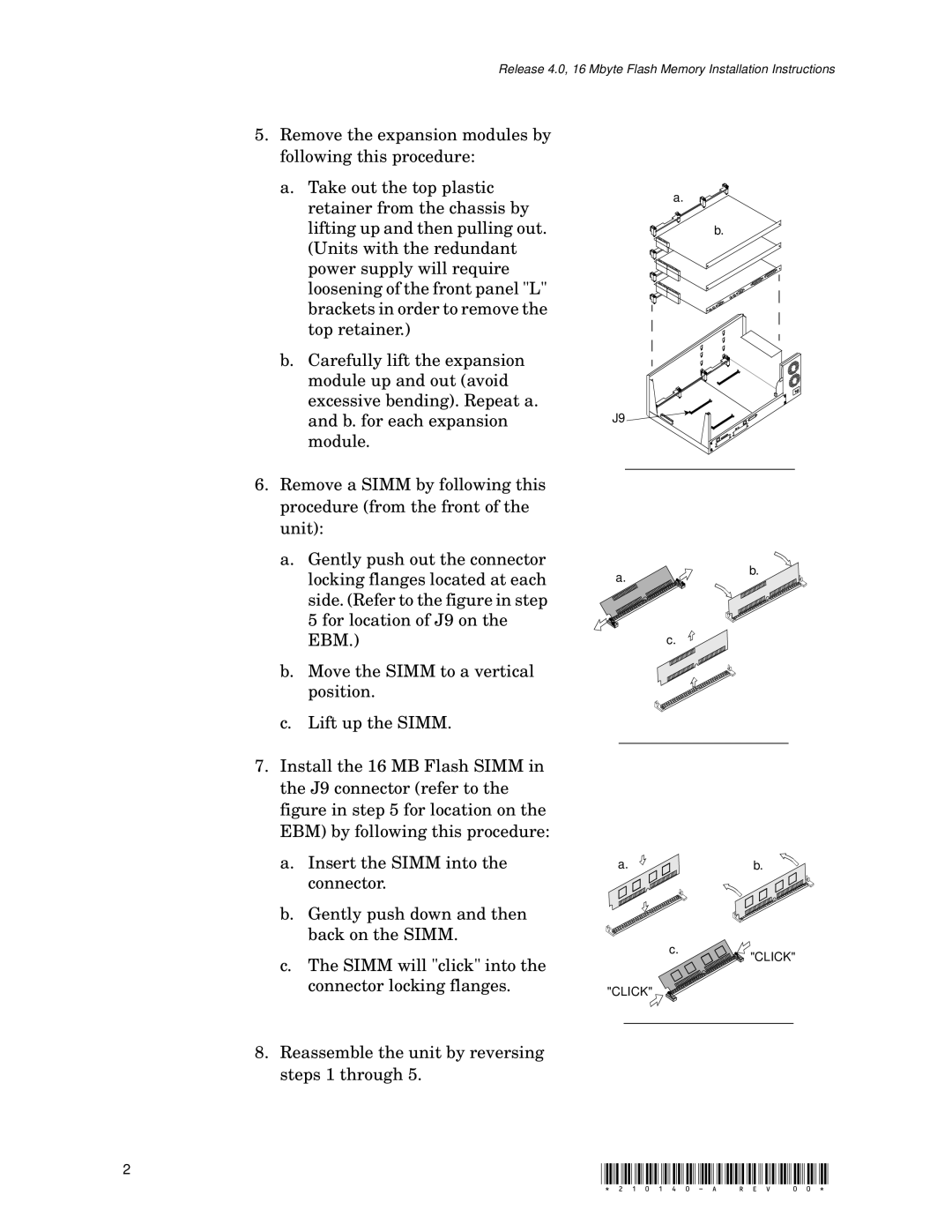4455, 4430, 4450 specifications
Nortel Networks, a pioneer in telecommunications, developed a range of networking solutions in the late 1990s and early 2000s, including the Nortel 4450, 4430, and 4455 series of routers. These devices played a crucial role in advancing enterprise networking by providing reliable, scalable, and efficient solutions for data communication.The Nortel 4450 router was particularly noteworthy for its ability to support high-speed data transfer and extensive routing capabilities. Equipped with a robust architecture, the 4450 could handle multiple protocols, including IP, Ethernet, and Frame Relay, making it an ideal choice for organizations with diverse networking needs. Its Advanced Intelligent Network (AIN) features allowed for improved traffic management and routing efficiency, ensuring that enterprises could maintain high levels of performance even during peak usage times.
The 4430 model, on the other hand, was designed with a focus on flexibility and integration. It offered a modular design, allowing businesses to customize their systems according to specific requirements. Its support for VoIP (Voice over Internet Protocol) and integrated security features positioned it as a compelling choice for organizations looking to consolidate their voice and data networks. The 4430 facilitated seamless communication while maintaining robust security measures to safeguard sensitive information.
The Nortel 4455 router built upon the strengths of the previous models, incorporating advanced hardware and software technologies that enhanced overall performance. It was engineered to support a higher density of connections and featured advanced Quality of Service (QoS) capabilities that prioritized critical applications. This ensured that essential services received the bandwidth they needed while optimizing the overall network performance.
All three models shared key characteristics, including energy efficiency, reliability, and ease of management. Their embedded diagnostics tools allowed network administrators to troubleshoot potential issues proactively, reducing downtime and maintenance costs. Moreover, these routers supported various network topologies, making them suitable for both small businesses and large enterprises.
In summary, the Nortel Networks 4450, 4430, and 4455 routers offered organizations a robust set of features, technologies, and characteristics tailored to enhance their networking capabilities. With a focus on performance, flexibility, and security, these devices played a vital role in shaping the landscape of enterprise networking during their time. Their legacy continues to influence modern networking solutions, underscoring Nortel's impact on the telecommunications industry.

